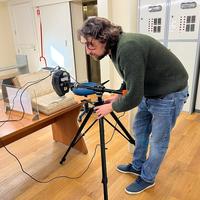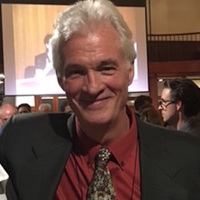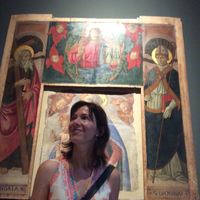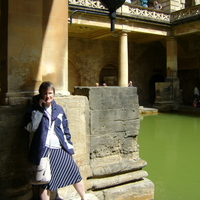My main research interests are Chinese manuscript culture(s) and the history of the book in China, early imperial law and administration as well as the history of Chinese medicine. Currently, I am conducting a research project at the Cluster of Excellence "Understanding Written Artefacts" at the CSMC in Hamburg, which focuses on the medical manuscripts in the Unschuld collection (for the collection, see https://themen.crossasia.org/chinese-medical-manuscripts/). The project is part of the working group "Facing New Technologies", which is - among other things - concerned with the role manuscripts played (and are still playing) in the age of print. For a brief description of my project, see https://www.csmc.uni-hamburg.de/written-artefacts/working-groups/fnt/fnt07.html.
Phone: +49 40 42838 9788
Address: Universität Hamburg
Centre for the Study of Manuscript Cultures
Warburgstr. 26
20354 Hamburg
Phone: +49 40 42838 9788
Address: Universität Hamburg
Centre for the Study of Manuscript Cultures
Warburgstr. 26
20354 Hamburg
less
Related Authors
Janine Droese
University of Hamburg
José Maksimczuk
University of Hamburg
Gianmario Cattaneo
Università degli Studi del Piemonte Orientale
Blake Wilson
Dickinson College
C. M. Pyle
New York University
Giulia Torello-Hill
University of New England - Australia
Outi Merisalo
University of Jyväskylä
InterestsView All (39)










Uploads
Books by Thies Staack
Papers by Thies Staack
have been issued, the phenomenon has also gained further attention in the scholarly community and the evaluation and improvement of the first preliminary research results and hypotheses by Sun Peiyang are now possible and necessary.
Following Sun Peiyang, several others have argued that the verso lines are obviously related to the original sequence of the slips inside a manuscript, meaning that the ‘line sections’ on the verso of individual slips can – by and large – be linked and appear to form continuous lines, if the slips are arranged according to the text written on the recto. At least with regard to this point, which underlines the importance of this phenomenon for the reconstruction of bamboo manuscripts, a consensus appears to have been reached in the scholarly community. Other aspects, however, are still disputed. This particularly concerns the issue at which point during the production process of a manuscript and by the use of which method the verso lines were applied to the verso of the slips. The following will show that these questions are not only important for a further improvement of our understanding of how bamboo manuscripts were actually produced in pre-imperial and
early imperial China. They are likewise necessary to clarify in which ways the verso lines relate to the slips of a certain manuscript and in which ways they can or cannot be utilized for the purpose of manuscript reconstruction. Finally, the basic function of the verso lines will also have to be reconsidered.
Focusing on the multifarious manifestations of notes as material tools for the visualization, organization, and transmission of knowledge, the present workshop invites scholars working on written artefacts involved in practices of note-taking to address them as multilayered ob-jects. Taking into account not only the development of collections of notes over time, but also the different origins and (possibly) further uses of notes, it aims to uncover patterns in the practice(s) of note-taking and the artefacts resulting from such practices.
7-8 October 2021